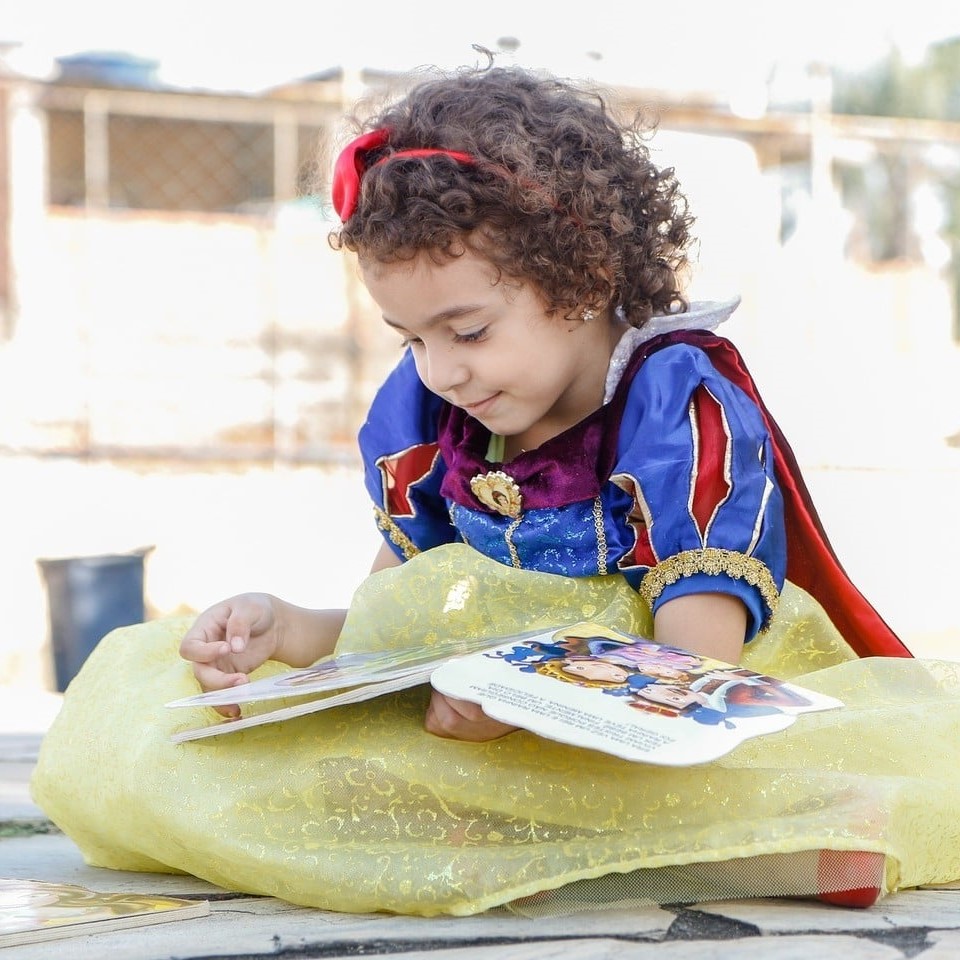A selection of current projects (2021-22)
Below is an incomplete list of current research projects in our lab.
To support our research, consider participating in our studies. To get involved in our research projects as a researcher, consider joining our lab.
- Children's thinking about group differences (Marianna Zhang & Ellen Markman) Social groups differ in many ways: some groups eat pork while other groups don't, some groups tend to hold low-paying, dangerous jobs while other groups tend to hold high-paying jobs, etc. Why? In this study, we examine the consequences of attributing group differences to groups' biology, beliefs & values, or structural circumstances. In a typical study from this project, we introduce children to two fictional groups of people and provide one of these different explanations for why two groups differ. Afterwards, we ask children questions to understand how children are reasoning about the groups.
- Talking about race to children (Marianna Zhang, Nicky Sullivan, Mercedes Muñoz & Ellen Markman) What do children learn from how White parents usually talk about race? In a typical study from this project, we introduce children to novel social groups, and use several different kinds of language to talk about the groups, including a few ways that White parents are commonly documented to talk to their children about race. We then ask children questions about the groups to examine what children learned from what we said.
- Storybooks to motivate girls into fields in which they’ve been underrepresented (Marianna Zhang, Aarthi Popat, Melissa Santos & Ellen Markman) How can we inspire and motivate girls to achieve and pursue fields in which they have been historically underrepresented (e.g. science)? Recently, there has been an explosion of well-intentioned efforts to address this question. In particular, there is a growing market of storybooks about female role models (e.g. Marie Curie, Amelia Earhart) intended to inspire and motivate young girls. In this study, we’re interested in evaluating how effective these storybooks are at motivating girls to actually pursue these fields. In a typical study from this project, we read select excerpts of actual best-selling storybooks to 5 and 6 year old children, and ask them questions about their own interest and another character’s interest in pursuing a certain field or career.
- Categorization (David Rose & Ellen Markman) We have known for a long time that children find superordinate terms like “vehicle” and "furniture" difficult to learn. And part of the reason is that it is easy to see commonalities when learning about more basic kinds of things, like cars or couches. You can point to cars and see that they are similar in many ways. But when you start pointing to more diverse things like planes, trains, and boats - that is, various examples of superordinate categories, such as vehicles - it quickly becomes very hard to see commonalities because they differ in lots of ways. And since children tend to group things together by the way they look it can be difficult to learn superordinate category terms. We are interested in whether providing information about function will allow children to overcome their tendency to group things on the basis of perceptual similarities. If so, this finding would have broad implications for work on categorization in children. It would show that they can overcome the reliance on shape and perceptual similarity by being given information about deeper features, a thing’s function or purpose, of an object. And it would provide evidence that information about a thing’s function allows children to build even more abstract representations of categories than reliance on shape and perceptual similarities allow.
- Causal language and cognition (David Rose & Ellen Markman) There is an interesting and subtle issue about different causal verbs in language. For instance, many people have argued that “break” is understood to mean “caused to break” and we are looking at whether that is appropriate as a translation. There is some reason to think it might not be. For example, if someone is pushed into a fence, adults tend to think that the person who fell into the fence broke it but the person who pushed the individual into the fence caused it to break. This distinction raises a host of interesting questions about how language expresses causality and how people think about causation and responsibility. While past work has focused on how adults use different causal verbs, none of this work has yet looked at how children use those same verbs. And it could be that for children “break” just means “cause to break”. Our research is focused on this question. If we are right that “cause to break” doesn’t just mean “break”, and that children show sensitivity to this subtle distinction in the same way that adults do, then that would have an important impact. For instance, one thing it would suggest is that perhaps we have more than one concept of causation and that these different concepts express different kinds of causal relations. That would be surprising in its own right since much work on causal cognition assumes that we only have a single concept of causation. Our work might be well positioned to challenge this view and trace out the developmental roots of a plurality of causal concepts.
